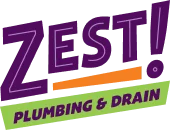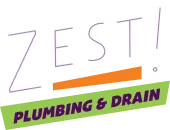Proudly Serving The Scottsdale, AZ Area
The Bathroom Drain Inspection Blueprint: What Every Homeowner Needs to Know

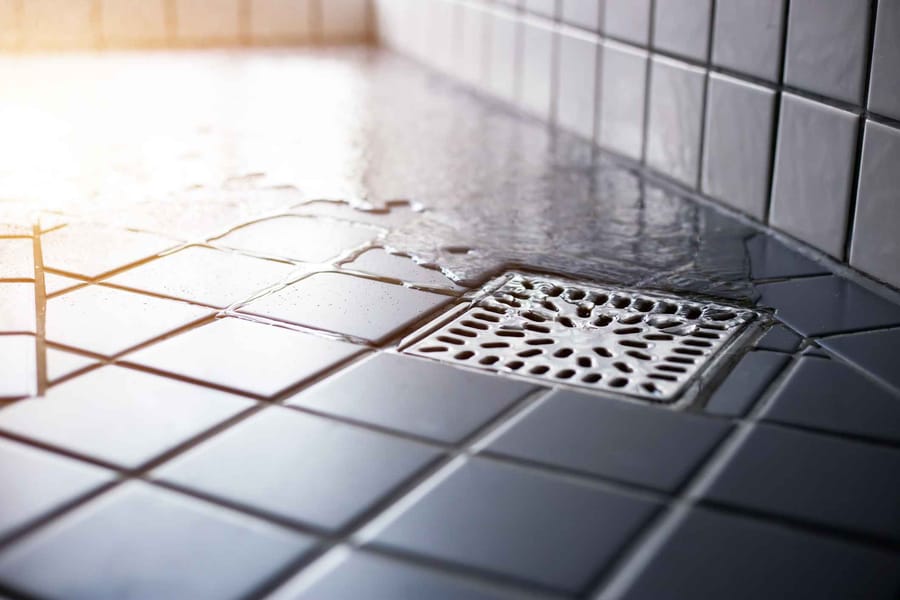
The Bathroom Drain Inspection Blueprint: What Every Homeowner Needs to Know
Your bathroom drains are some of the hardest-working parts of your home’s plumbing system. From showers and sinks to tubs, they handle constant daily use and are prone to buildup, blockages, and wear. While most homeowners only think about their drains when water stops flowing properly, the truth is that many problems develop long before a clog forms.
Without regular inspections, small issues like hair accumulation, soap scum, or hidden leaks can go unnoticed. Over time, these problems lead to bigger headaches, including slow drainage, unpleasant odors, and even costly water damage. Preventing these issues is far easier and less expensive than repairing them once they get out of control.
A bathroom drain inspection provides peace of mind by catching small concerns early and ensuring everything is flowing as it should. In this blog, we will outline why bathroom drain inspections are essential, the most common issues to watch for, and what to expect during a professional inspection. By following this blueprint, homeowners can protect their plumbing and avoid unnecessary stress.
Why Bathroom Drain Inspections Are Essential
Bathroom drains work harder than almost any other part of your plumbing system, which makes them more vulnerable to issues. Every day, they carry away water, soap, hair, and other debris that can build up over time. Without regular inspections, this constant use increases the risk of clogs, leaks, and hidden damage that can compromise your plumbing system.
Catching problems early is one of the biggest advantages of drain inspections. A slow drain may not seem urgent, but it can be the first sign of a developing clog deep in the pipes. Left untreated, that small problem can eventually lead to a complete blockage or even pipe damage. Inspections also help identify leaks that might be hidden behind walls or under sinks, preventing water damage and mold growth before they spread.
Routine inspections extend the lifespan of your plumbing by keeping drains clear and efficient. They also give homeowners peace of mind, knowing that their bathrooms will continue to function properly without unexpected disruptions. In the long run, these preventative steps save time, money, and stress.
Common Bathroom Drain Issues Homeowners Overlook
Bathroom drains often give early warning signs that something is wrong, but many of these signs are easy to miss. Paying attention to these small issues can help prevent bigger plumbing problems down the road.
Slow-Draining Sinks and Showers
One of the most common signs of trouble is water that drains slowly. This is usually caused by a buildup of hair, soap scum, or mineral deposits inside the pipes. While it may start as a minor annoyance, it can quickly turn into a stubborn clog if not addressed.
Unpleasant Odors From Drains
Foul smells coming from your sink or shower often indicate bacteria or organic buildup inside the pipes. In some cases, odors can also point to a larger sewer line problem that requires professional attention.
Gurgling Noises or Air Bubbles
If you hear gurgling sounds or see bubbles when water drains, it could be a sign of poor venting or a partial clog. These issues can create pressure imbalances in your plumbing system and should not be ignored.
Leaks Beneath the Sink or Around Fixtures
Hidden leaks can cause serious water damage over time. Even a small drip beneath the sink or moisture around fixtures may indicate failing seals or pipe damage that requires immediate repair.
What a Professional Bathroom Drain Inspection Includes
A bathroom drain inspection is more thorough than a quick look at your sink or shower. Professional plumbers use specialized tools and techniques to make sure every part of the system is working properly and free of hidden issues.
Visual Check
The process usually begins with a visual check of sinks, tubs, and showers. A plumber looks for surface problems like leaks, slow drainage, or visible water damage. They may also test water pressure and flow to identify any irregularities.
Camera Inspection
In many cases, a camera inspection is performed. This involves sending a small camera into the drain to see inside the pipes. It allows plumbers to detect clogs, cracks, or other damage that cannot be spotted from the surface.
Recommendations
Finally, the inspection often includes recommendations for cleaning, repairs, or preventative maintenance. Whether it is clearing out buildup, sealing leaks, or suggesting a schedule for routine care, these insights help homeowners keep their bathroom plumbing in top condition.
Benefits of Routine Drain Inspections
Scheduling regular drain inspections may feel like an extra step, but the long-term benefits are well worth it. Proactive care keeps your plumbing healthy and prevents stressful emergencies.
Early Detection
One of the biggest advantages is early detection. Inspections help plumbers catch small clogs, leaks, or damage before they turn into major issues. This means fewer unexpected repairs and lower costs overall.
Improved Water Flow
Routine inspections also improve water flow and drainage efficiency. Clear drains allow water to move freely, reducing the chance of standing water in sinks, tubs, or showers. Consistent water flow also takes strain off your plumbing system, helping it last longer.
Peace of Mind
Another benefit is peace of mind. Homeowners who stay ahead of potential plumbing issues enjoy greater comfort and confidence knowing their drains are working properly. In the long run, regular inspections save time, money, and unnecessary stress.
When to Call a Professional Plumber
While some minor drain issues can be managed with at-home cleaning methods, there are times when calling a professional plumber is the best choice. Knowing when to reach out for help can save you from costly damage and repeated frustrations.
If you have persistent slow drains that do not improve with basic cleaning, it is a sign of a deeper clog that requires professional tools to remove. Foul odors coming from your drains, especially when paired with gurgling noises, may also indicate a larger issue in the sewer line that should not be ignored.
Visible leaks beneath sinks or around fixtures are another clear signal to call in a plumber. Even small leaks can lead to water damage, mold growth, and higher utility bills if left untreated. Finally, scheduling annual drain inspections as part of preventative maintenance is a smart way to keep your plumbing in good condition and avoid unexpected emergencies.
Protect Your Home With Expert Drain Inspections
Your bathroom drains handle a lot every day, and without proper care, they can quickly develop problems that disrupt your home. From slow drains and unpleasant odors to hidden leaks, these issues often start small but grow into costly repairs when ignored.
Regular drain inspections provide a simple yet powerful way to stay ahead of plumbing problems. They improve water flow, extend the lifespan of your pipes and fixtures, and give you peace of mind knowing your system is in good shape.
Zest Plumbing & Drain is here to help homeowners with thorough bathroom drain inspections and reliable plumbing services. Our team uses advanced tools and expertise to catch issues early and keep your plumbing running smoothly.
Contact Zest Plumbing & Drain today to schedule your bathroom drain inspection and ensure reliable performance for years to come.
Recent News
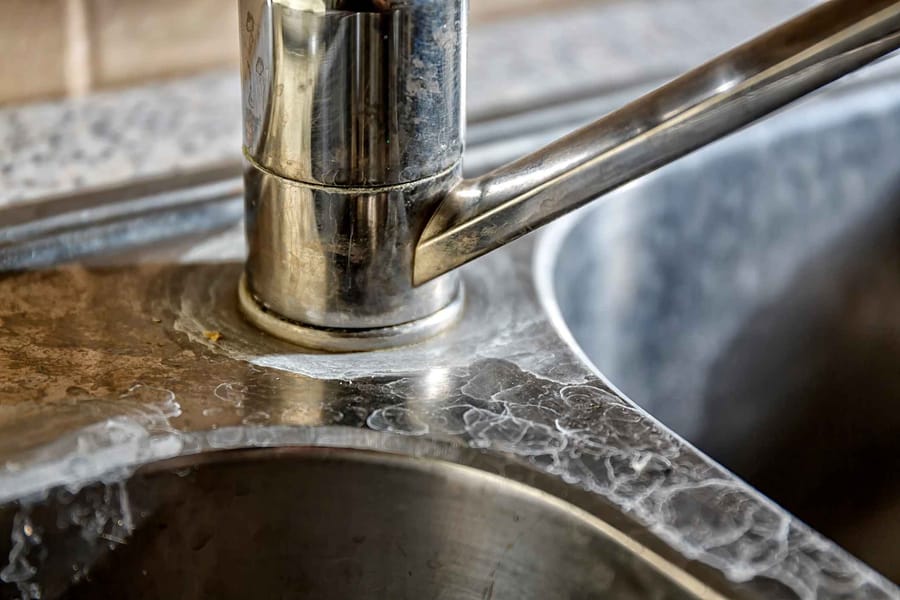
How Arizona’s Hard Water Damages Your Plumbing Over Time
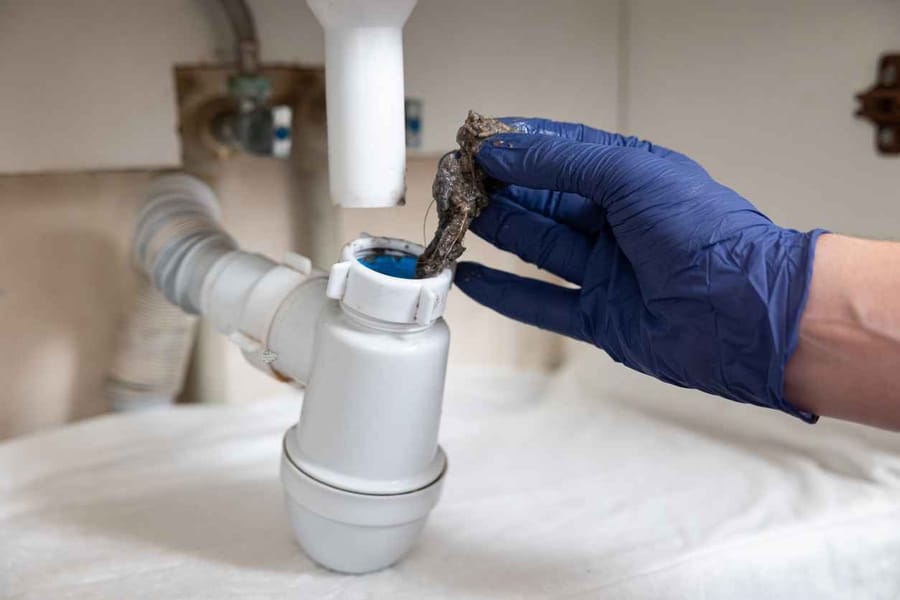
Top 5 Signs You Need a Drain Cleaning in Arizona (Before It Becomes an Emergency)
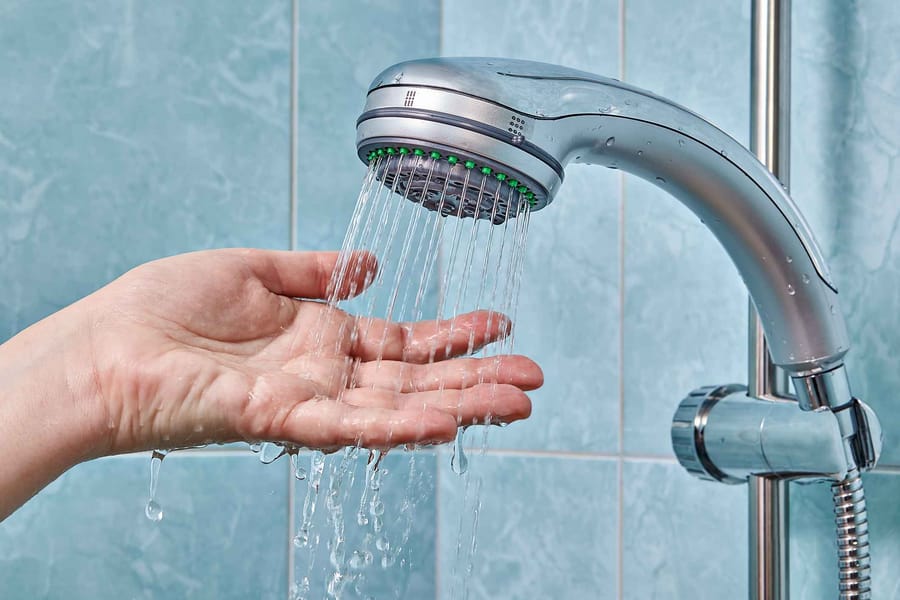
Why Your Shower Takes Forever to Get Hot and How to Fix It
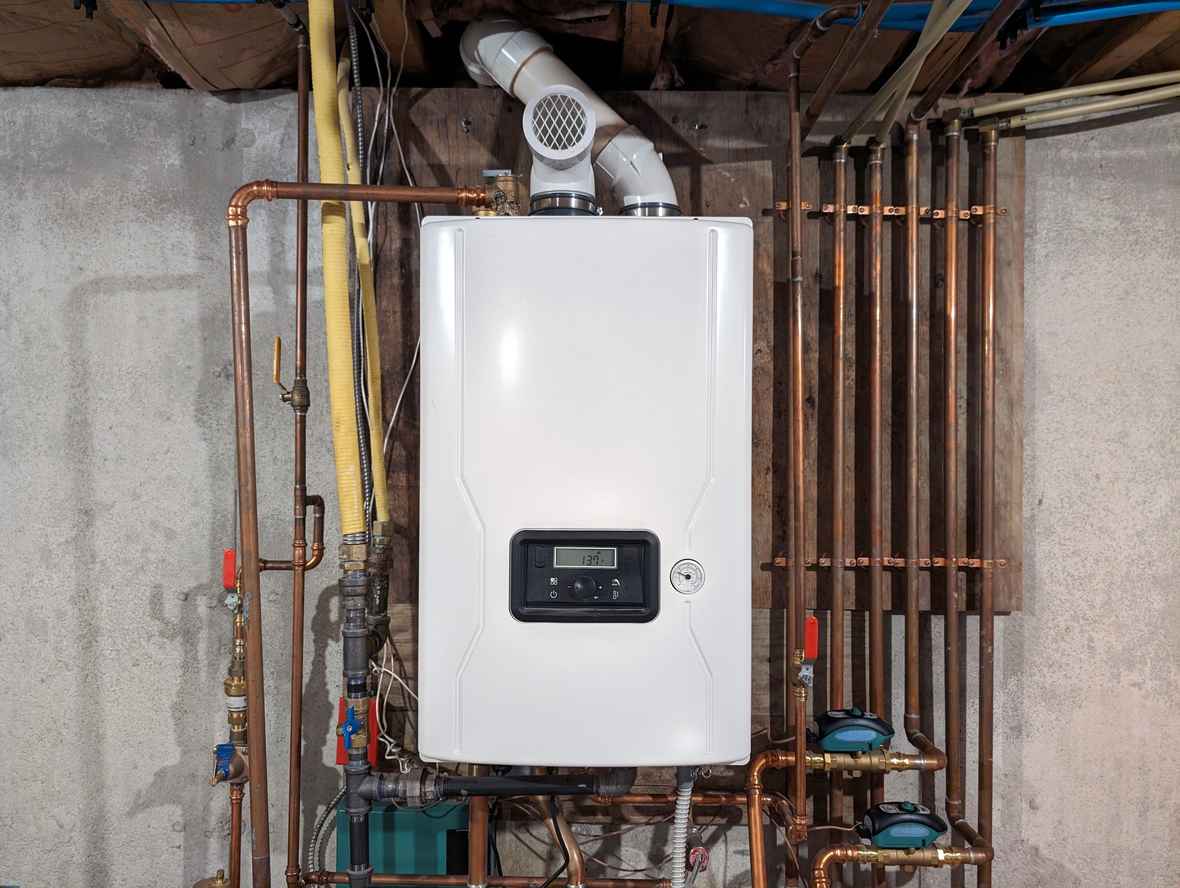
Choosing the Right Water Heater: Tankless vs. Storage for Your Scottsdale Home
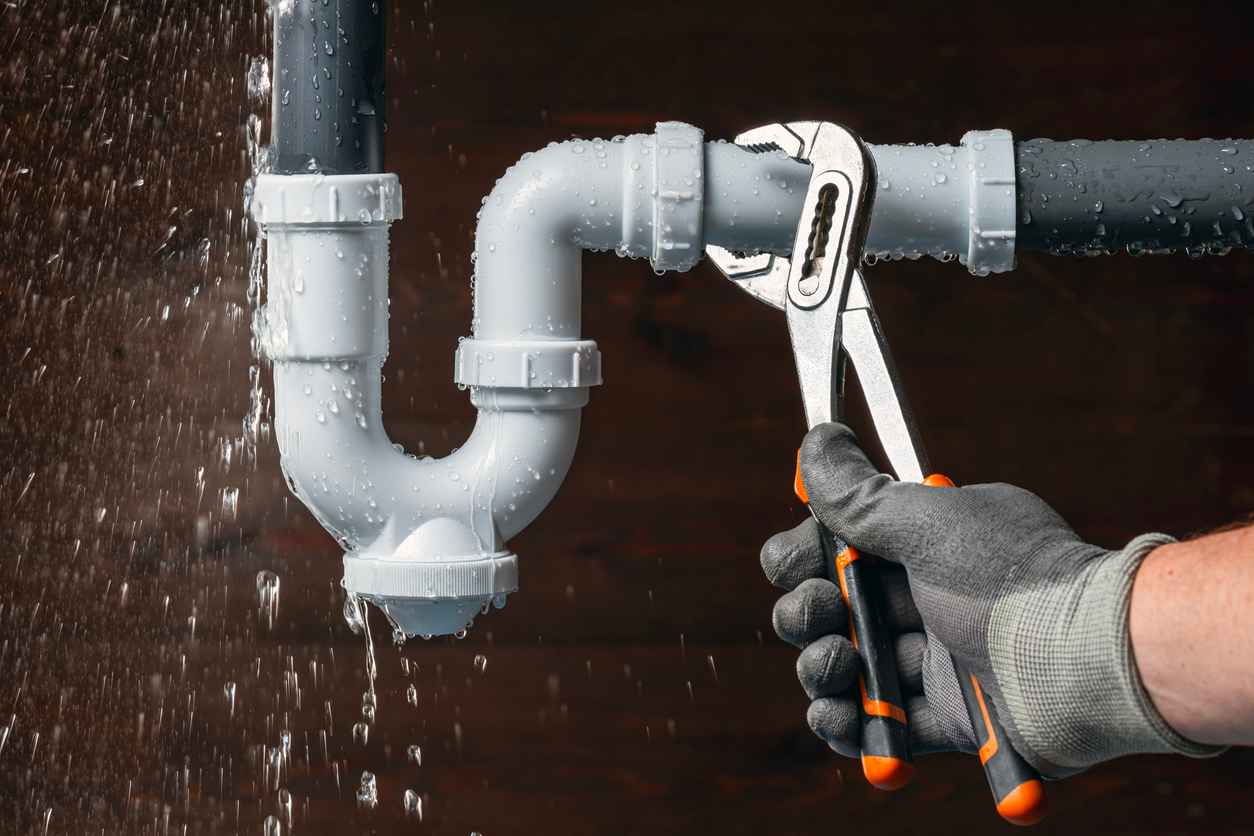
Seasonal Plumbing Maintenance Schedule for the Arizona Climate
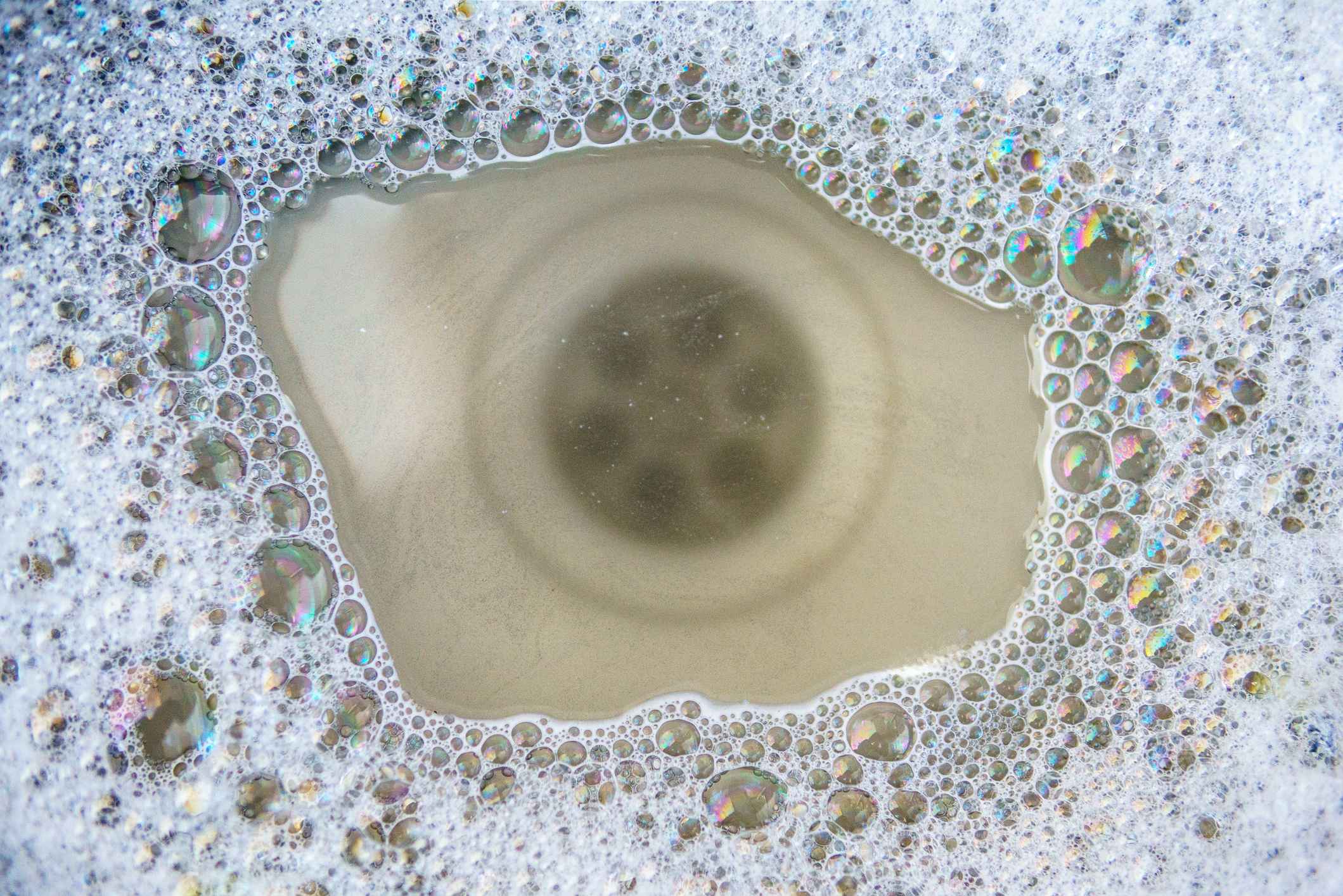
Signs of a Clogged Drain
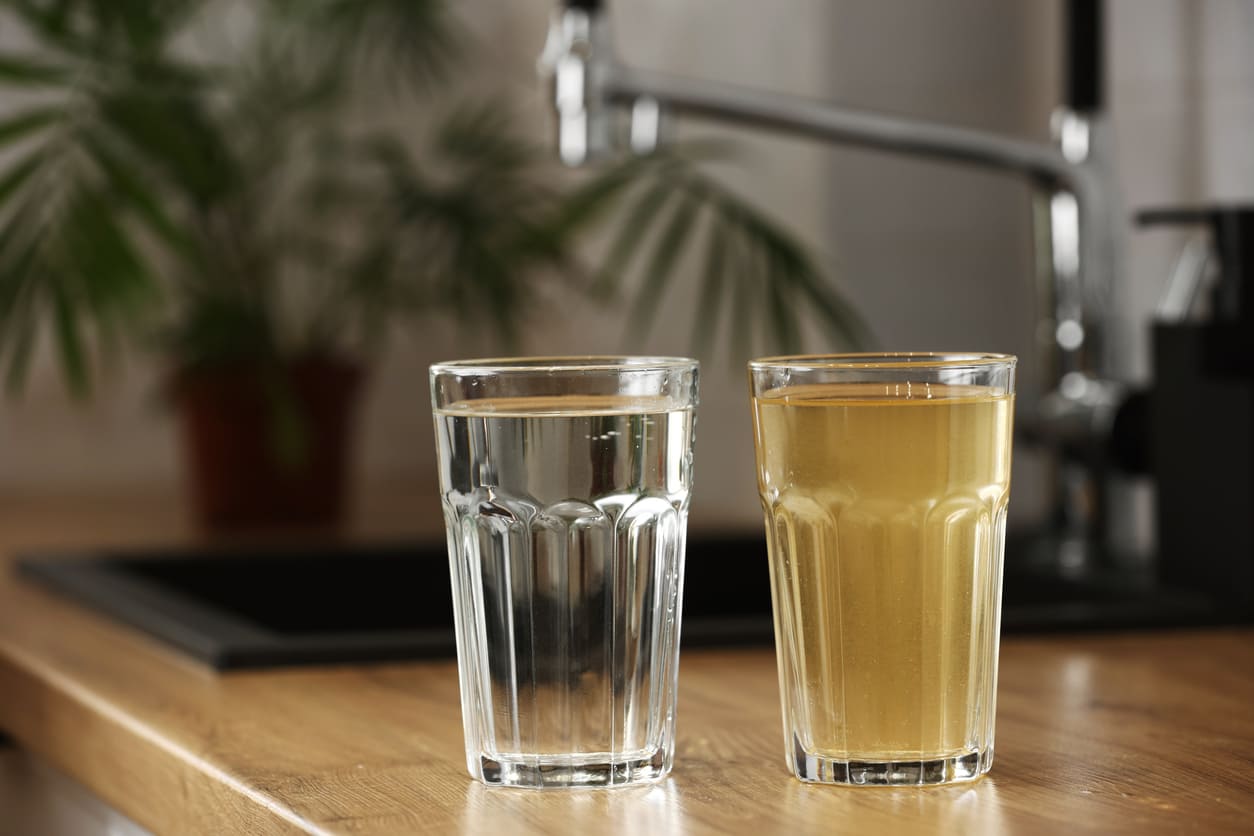
How to Filter Water?
Get in Touch
